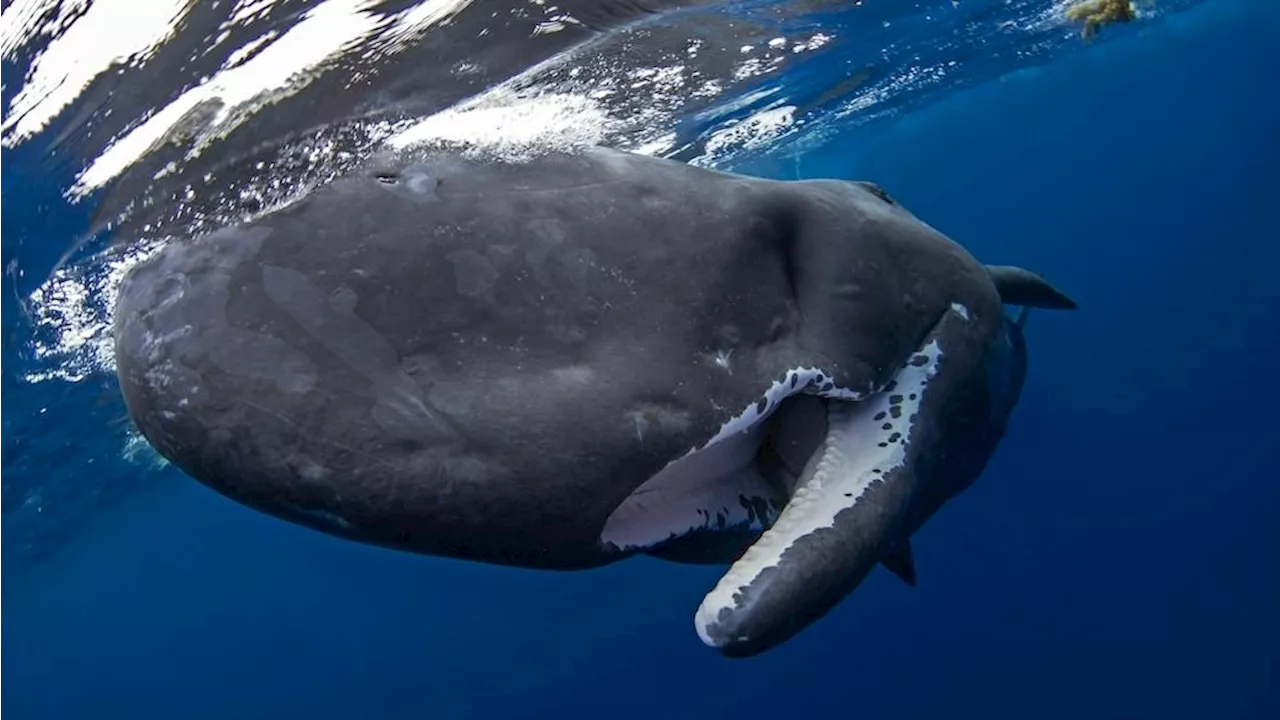Jennifer Nalewicki is a Salt Lake City-based journalist whose work has been featured in The New York Times, Smithsonian Magazine, Scientific American, Popular Mechanics and more. She covers several science topics from planet Earth to paleontology and archaeology to health and culture. Prior to freelancing, Jennifer held an Editor role at Time Inc.
Sperm whales blasted a"big dark bubble" of poop to prevent an impending orca attack off the southern coast of Western Australia.
"It's called defense defecation," Jennah Tucker, a marine biologist with Oceans Blueprint, a marine and environmental sciences research organization, who was on the charter boat, told ABC. When the animals defecate, she said, they pass their huge tails through their poop to drive away or confuse attackers.
"Because sperm whale's diet consists mostly of squid, they actually have this really reddish colored poo," she said.In this demonstration of defense defecation, the pod formed a circle with their heads together, and the whales fanned their tails in unison — forcing their excrement toward the unsuspecting orcas.
By submitting your information you agree to the Terms & Conditions and Privacy Policy and are aged 16 or over."This is called a rosette, another defensive mechanism they use when they're under attack," Tucker said.—What was megalodon's favorite snack? Sperm whale facesTucker told ABC she noticed that the sperm whales looked distressed and exhausted. However, their fecal warfare worked, and the orcas swam off in search of fresher waters.
United States Latest News, United States Headlines
Similar News:You can also read news stories similar to this one that we have collected from other news sources.
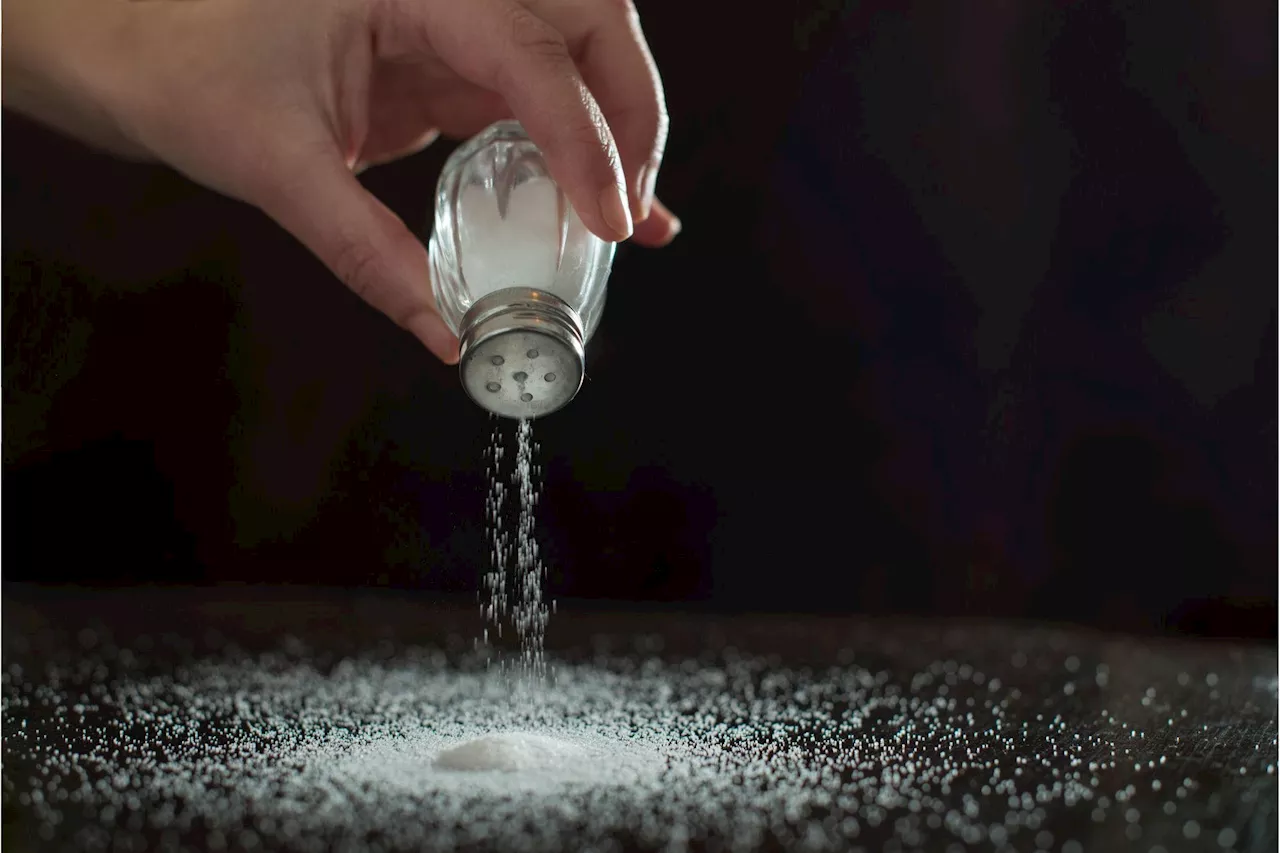 Cutting Salt, Not Flavor: Salt Substitutes Prove Effective in New StudyScience, Space and Technology News 2024
Cutting Salt, Not Flavor: Salt Substitutes Prove Effective in New StudyScience, Space and Technology News 2024
Read more »
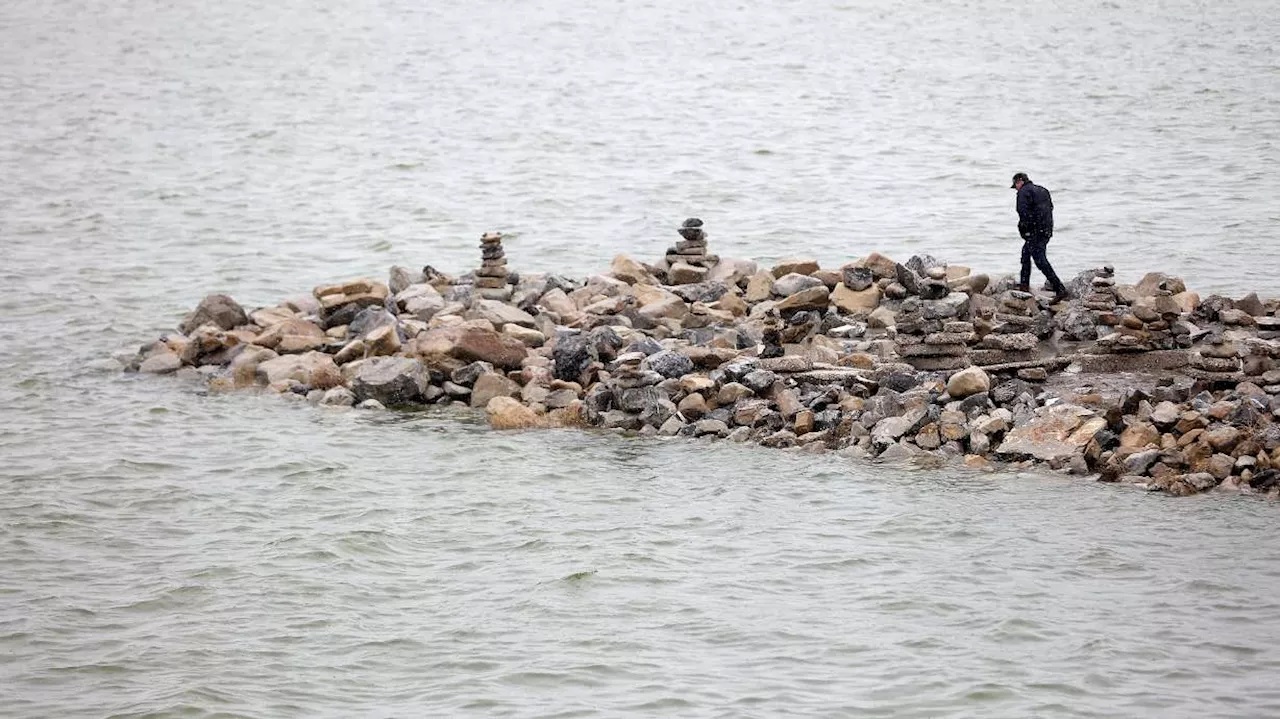 Artists wanted as Salt Lake City looks to 'wake' the Great Salt LakeArtist submissions are now open for a massive temporary public art project that seeks to bring attention to the recent issues of the Great Salt Lake.
Artists wanted as Salt Lake City looks to 'wake' the Great Salt LakeArtist submissions are now open for a massive temporary public art project that seeks to bring attention to the recent issues of the Great Salt Lake.
Read more »
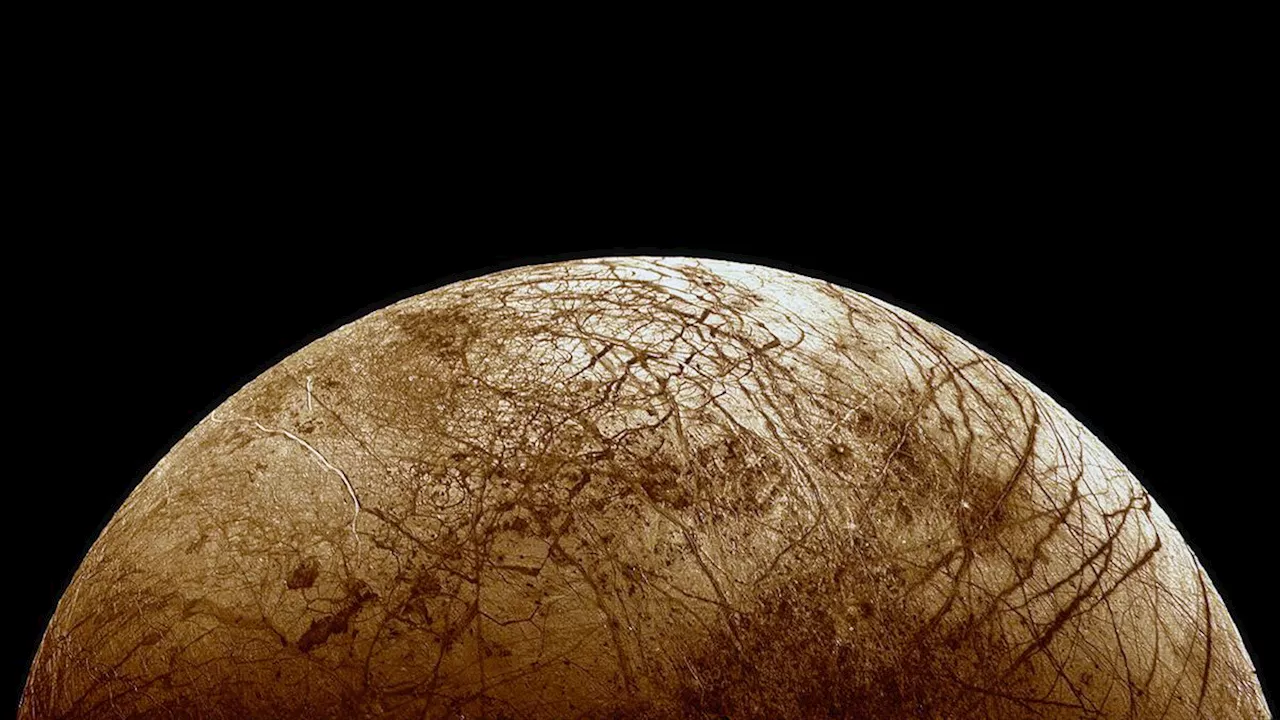 Jupiter's moon Europa lacks oxygen, making it less hospitable for sustaining lifeJennifer Nalewicki is a Salt Lake City-based journalist whose work has been featured in The New York Times, Smithsonian Magazine, Scientific American, Popular Mechanics and more. She covers several science topics from planet Earth to paleontology and archaeology to health and culture. Prior to freelancing, Jennifer held an Editor role at Time Inc.
Jupiter's moon Europa lacks oxygen, making it less hospitable for sustaining lifeJennifer Nalewicki is a Salt Lake City-based journalist whose work has been featured in The New York Times, Smithsonian Magazine, Scientific American, Popular Mechanics and more. She covers several science topics from planet Earth to paleontology and archaeology to health and culture. Prior to freelancing, Jennifer held an Editor role at Time Inc.
Read more »
 Remains of 7th-century Saxon town discovered under central LondonJennifer Nalewicki is a Salt Lake City-based journalist whose work has been featured in The New York Times, Smithsonian Magazine, Scientific American, Popular Mechanics and more. She covers several science topics from planet Earth to paleontology and archaeology to health and culture. Prior to freelancing, Jennifer held an Editor role at Time Inc.
Remains of 7th-century Saxon town discovered under central LondonJennifer Nalewicki is a Salt Lake City-based journalist whose work has been featured in The New York Times, Smithsonian Magazine, Scientific American, Popular Mechanics and more. She covers several science topics from planet Earth to paleontology and archaeology to health and culture. Prior to freelancing, Jennifer held an Editor role at Time Inc.
Read more »
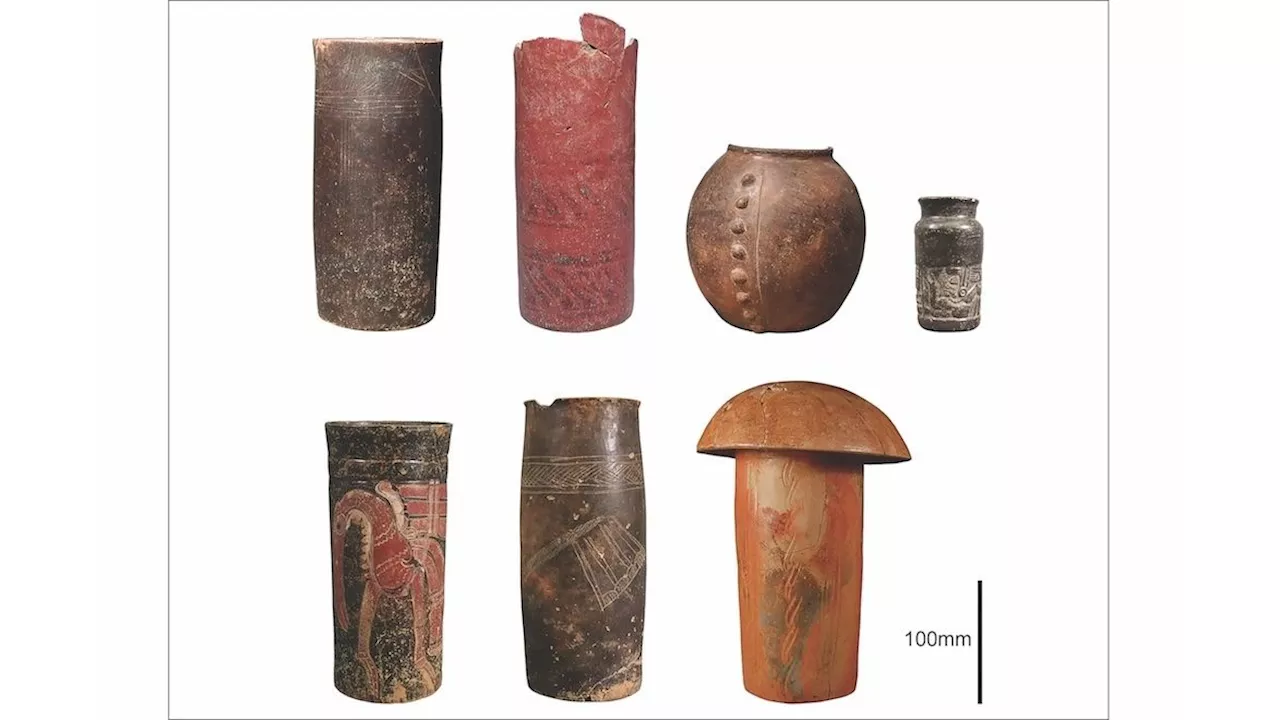 1,000-year-old vessels found in Guatemala held tobacco possibly used as 'narcotics to induce deep sleep, visions and divinatory trances'Jennifer Nalewicki is a Salt Lake City-based journalist whose work has been featured in The New York Times, Smithsonian Magazine, Scientific American, Popular Mechanics and more. She covers several science topics from planet Earth to paleontology and archaeology to health and culture. Prior to freelancing, Jennifer held an Editor role at Time Inc.
1,000-year-old vessels found in Guatemala held tobacco possibly used as 'narcotics to induce deep sleep, visions and divinatory trances'Jennifer Nalewicki is a Salt Lake City-based journalist whose work has been featured in The New York Times, Smithsonian Magazine, Scientific American, Popular Mechanics and more. She covers several science topics from planet Earth to paleontology and archaeology to health and culture. Prior to freelancing, Jennifer held an Editor role at Time Inc.
Read more »
 China will launch giant, reusable rockets next year to prep for human missions to the moonJennifer Nalewicki is a Salt Lake City-based journalist whose work has been featured in The New York Times, Smithsonian Magazine, Scientific American, Popular Mechanics and more. She covers several science topics from planet Earth to paleontology and archaeology to health and culture. Prior to freelancing, Jennifer held an Editor role at Time Inc.
China will launch giant, reusable rockets next year to prep for human missions to the moonJennifer Nalewicki is a Salt Lake City-based journalist whose work has been featured in The New York Times, Smithsonian Magazine, Scientific American, Popular Mechanics and more. She covers several science topics from planet Earth to paleontology and archaeology to health and culture. Prior to freelancing, Jennifer held an Editor role at Time Inc.
Read more »
